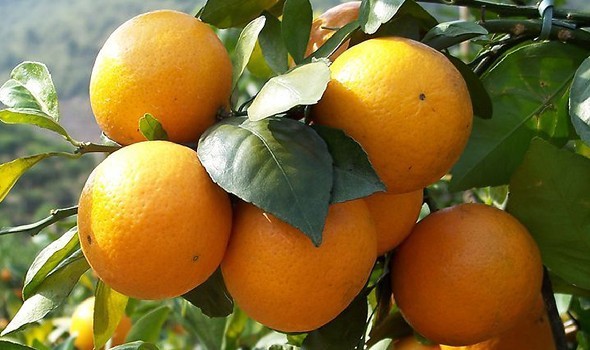The Mandarin orange(Citrus nobilis Lour.), also known as the mandarin or mandarine (both lower-case), is a small citrus tree (Citrus reticulata) with fruit resembling other oranges. Mandarin oranges are usually eaten plain or in fruit salads. Specifically reddish-orange mandarin cultivars can be marketed as tangerines, but this is not a botanical classification.
The tree is more drought-tolerant than the fruit. The mandarin is tender, and is damaged easily by cold. It can be grown in tropical and subtropical areas. The mandarin orange is a variety of the orange family. The mandarin has many names, some of which actually refer to crosses between the mandarin and another citrus fruit.
Citrus fruits are usually self-fertile (needing only a bee to move pollen within the same flower) or parthenocarpic (not needing pollination and therefore seedless, such as the satsuma). A 2,2-dimethylpyranoflavonol from Citrus nobilis.
| Catalog | Product Name | CAS Number | Manual |
|---|---|---|---|
| CFN98726 | Nobiletin | 478-01-3 | |
| CFN99555 | Naringin | 10236-47-2 | |
| CFN99599 | Sinensetin | 2306-27-6 | |
| CFN90240 | Tangeretin | 481-53-8 | |
| CFN90921 | 5-O-Demethylnobiletin | 2174-59-6 | n/a |
| CFN95021 | 3,3',4',5,6,7,8-heptamethoxyflavone | 1178-24-1 | n/a |
A unique collection of 22 natural compounds from Saposhnikovia divaricata (Turcz.) Schischk.
A unique collection of 27 natural compounds from Trichosanthes kirilowii
A unique collection of 36 natural compounds from Schisandra chinensis (Turcz.) Baill.
A unique collection of 27 natural compounds from Murraya exotica L.





